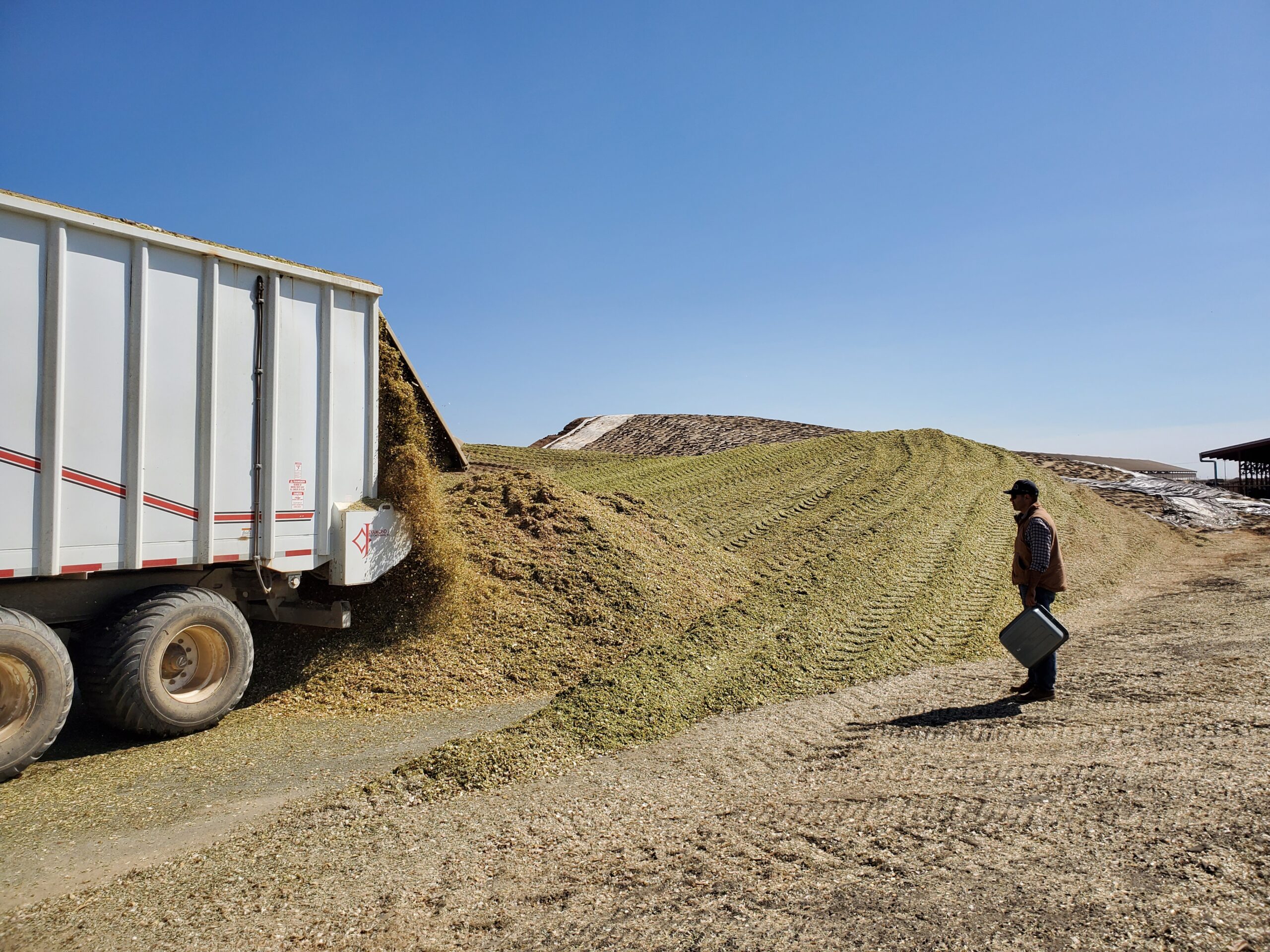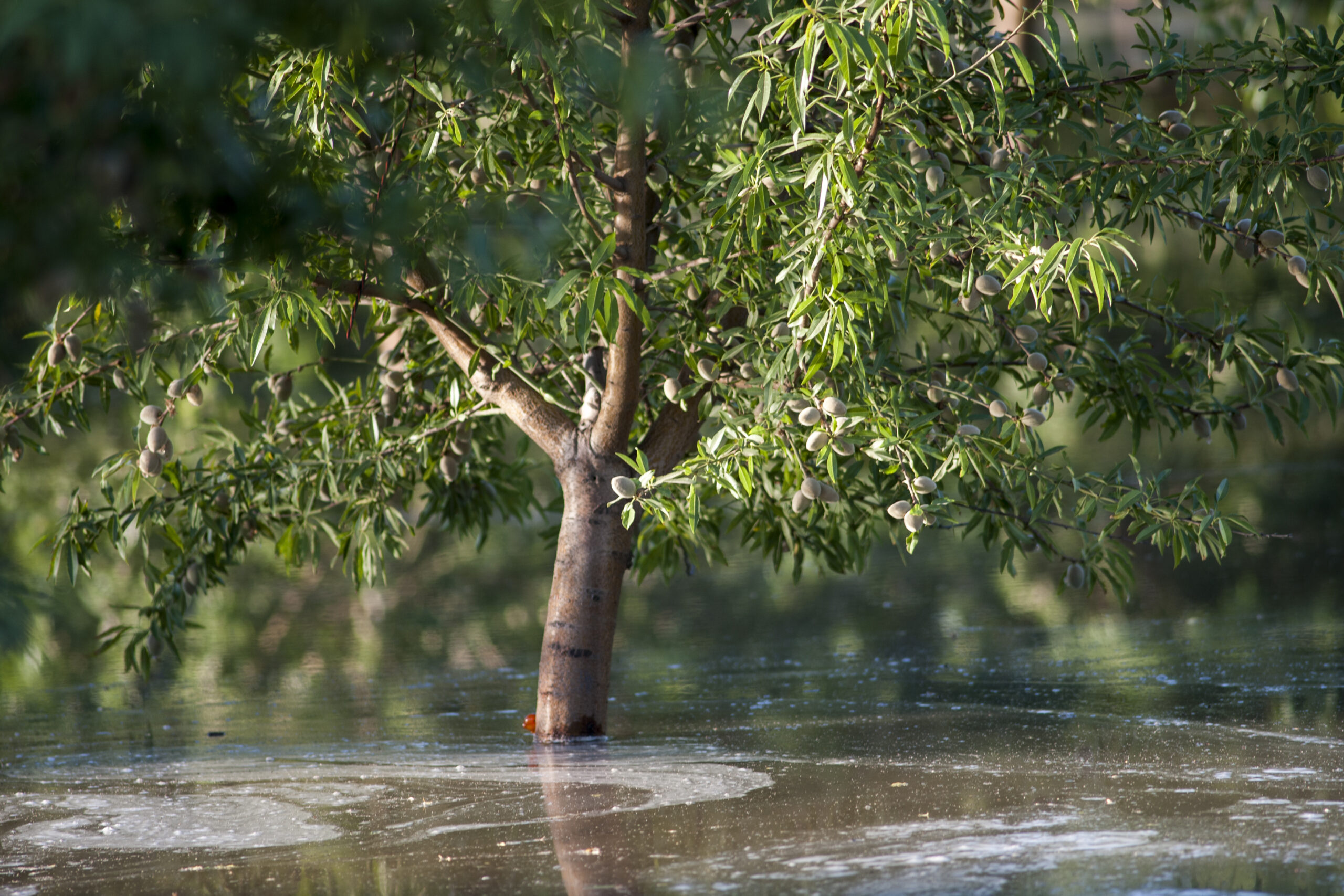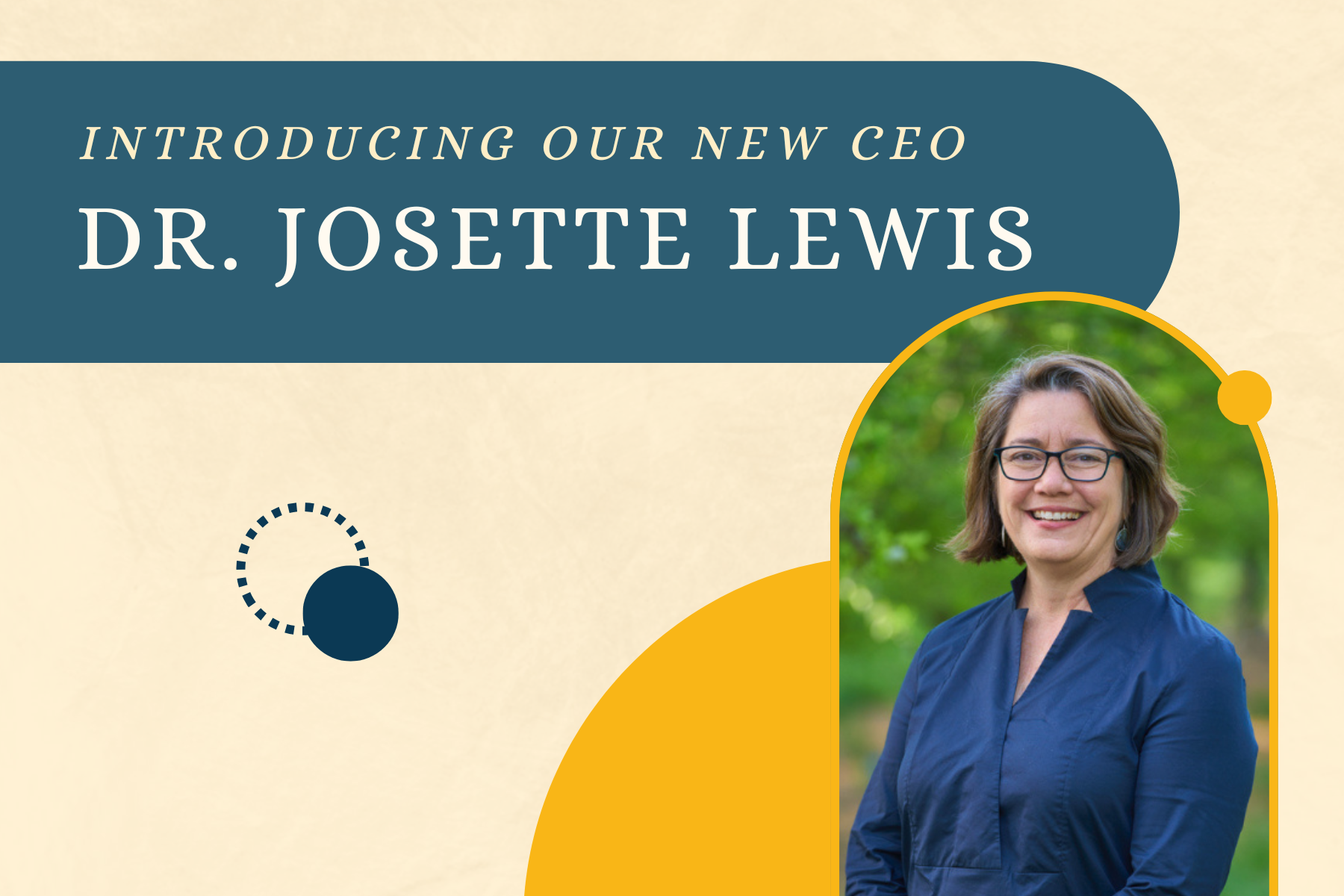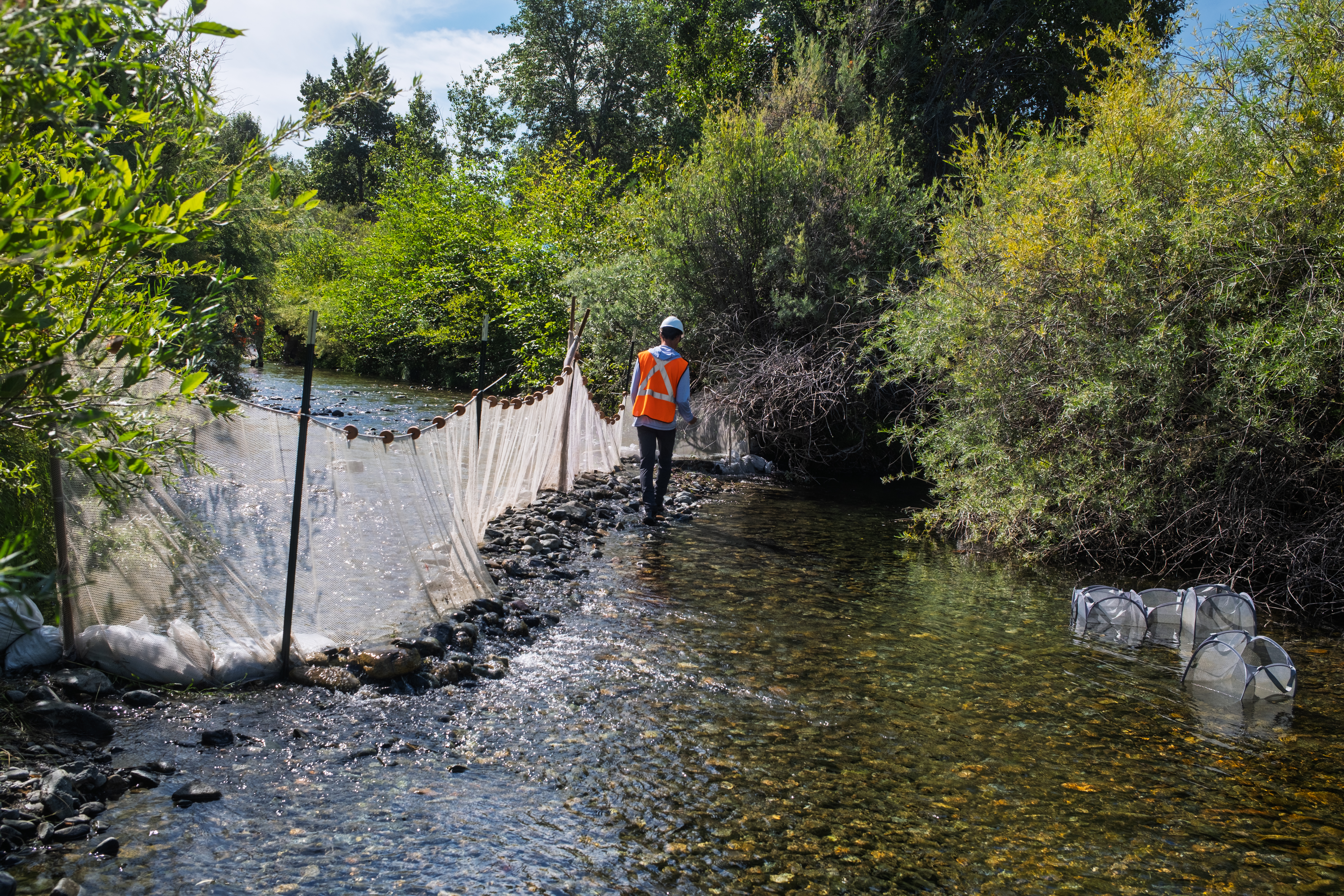Our Blog

2025 Collaboration in Action Event Retrospective
Join our donor community for invites to future events like this and to help us advance the collaborative stewardship of California’s land, air, and water for the benefit of nature and people!

Stemple Creek Ranch Receives 2025 CA Leopold Conservation Award
The votes have been tallied, and thanks to our esteemed panel of judges, we’re pleased to announce that this year’s California Leopold Conservation Award recipient is Stemple Creel Ranch of Tomales in Marin County.

Join Us This Giving Tuesday!
This Giving Tuesday, your new or increased investment in Sustainable Conservation can go twice as far to scale groundwater recharge, advance sustainable agriculture, and drive natural resource policy solutions.

Notes from the Field: Waste Not Projects in Action
Sustainable Conservation’s Waste Not team has spent years developing and testing practical, science-based solutions that help farmers protect water quality, improve nutrient management, and build healthier soils.

From Concept to Practice: Reflections on the 2025 Flood-MAR Network Forum
On November 5-6, 2025, over 120 water professionals, researchers, farmers, and agency representatives gathered for the Flood-MAR Network’s biennial forum. The energy in the room told a story years in the making: flood-managed aquifer recharge (Flood-MAR) is gaining widespread adoption across California. Mike Antos (Stantec) opened the forum with a quote from Charles F. Brannan,…

Sustainable Conservation’s Hopes for Water Year 2026
Each October 1st, the start of the new Water Year quietly slips by most Californians’ calendars — but not Sustainable Conservation’s Water for the Future Team!

Welcoming New Staff Members Wendy Rash and Kristen Murphy
Join us in giving Sustainable Conservation’s newest staff members, Wendy Rash and Kristen Murphy, a warm welcome!

Sustainable Conservation Names Dr. Josette Lewis as Next CEO
Dr. Josette Lewis will join Sustainable Conservation in 2026 as our new CEO!




